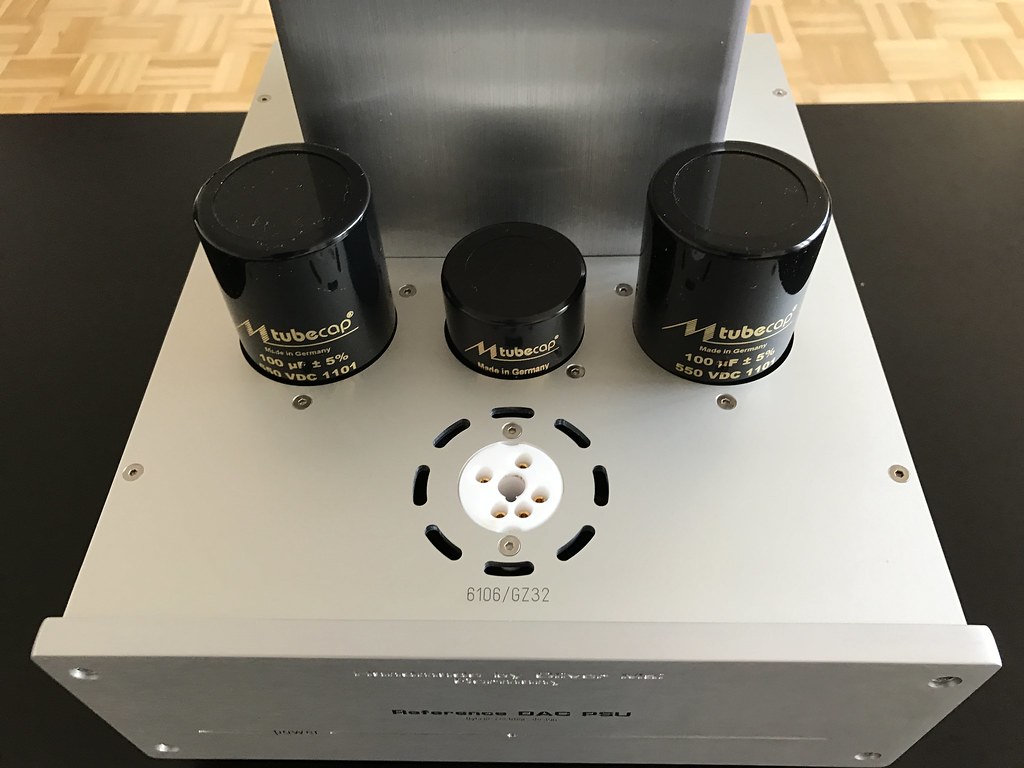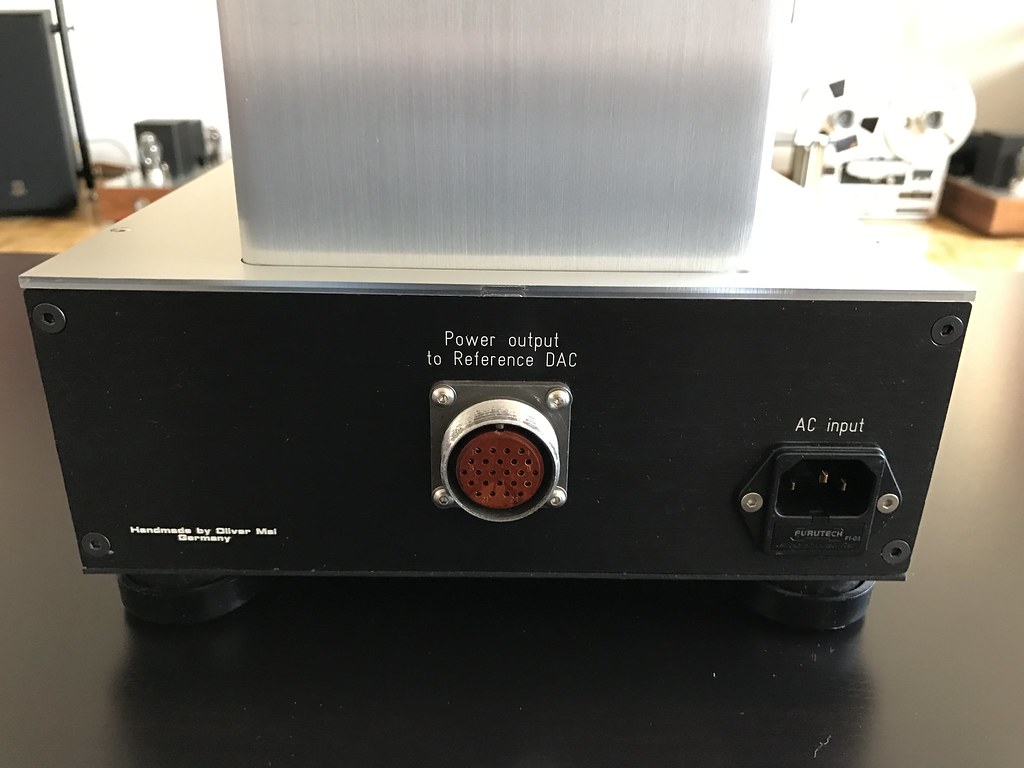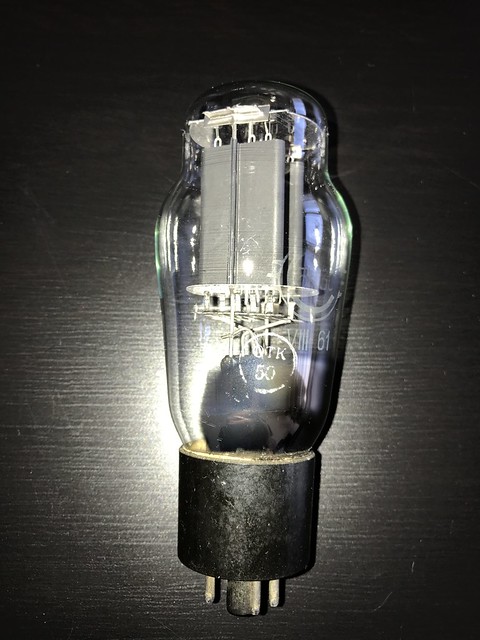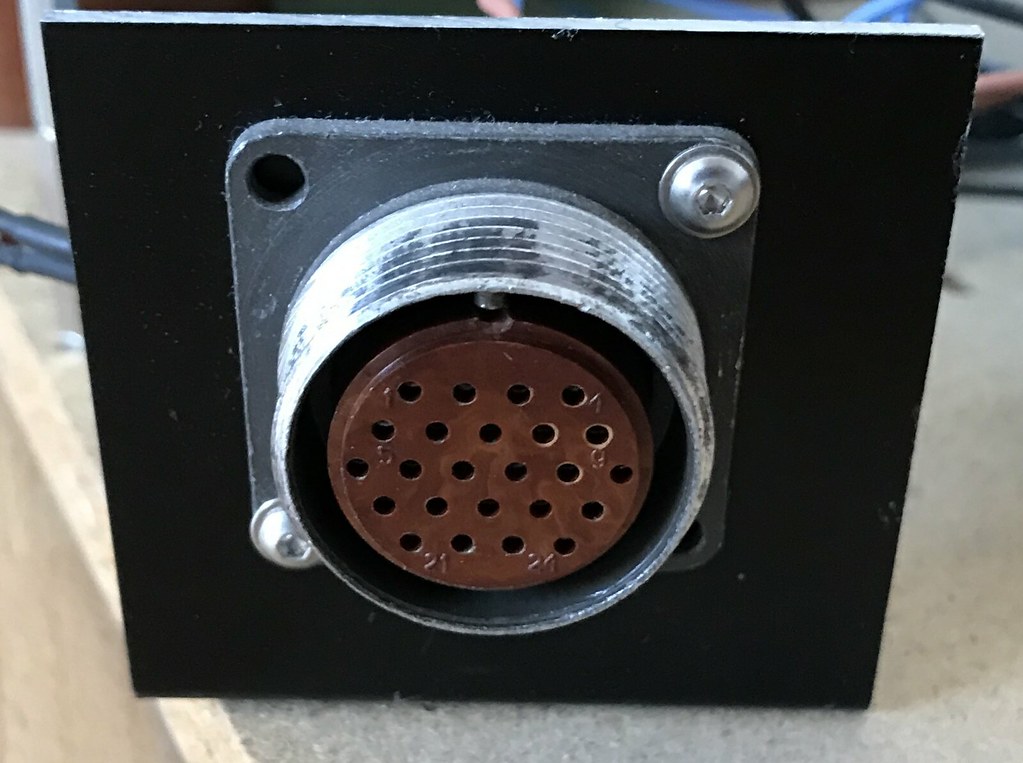Over in the Low-distrotion, Audio-range,
Oscillator thread (
LINK) some posts
about getting lower distortion before taking
the measurement of a DUT (Device Under Test).
Our own RNMarsh posted some good results
running his Panasonic through a miniDSP
box configured as a Low Pass Filter.
He had good results. So I thought and told him
so, and suggested he might get better results doing a band pass filter.
So instead of doing my diode homework for
my Solid State Devices class, I thought I'd
better check, that is put up for shut up.
So, I did and here is what I discovered:
Before filtering:
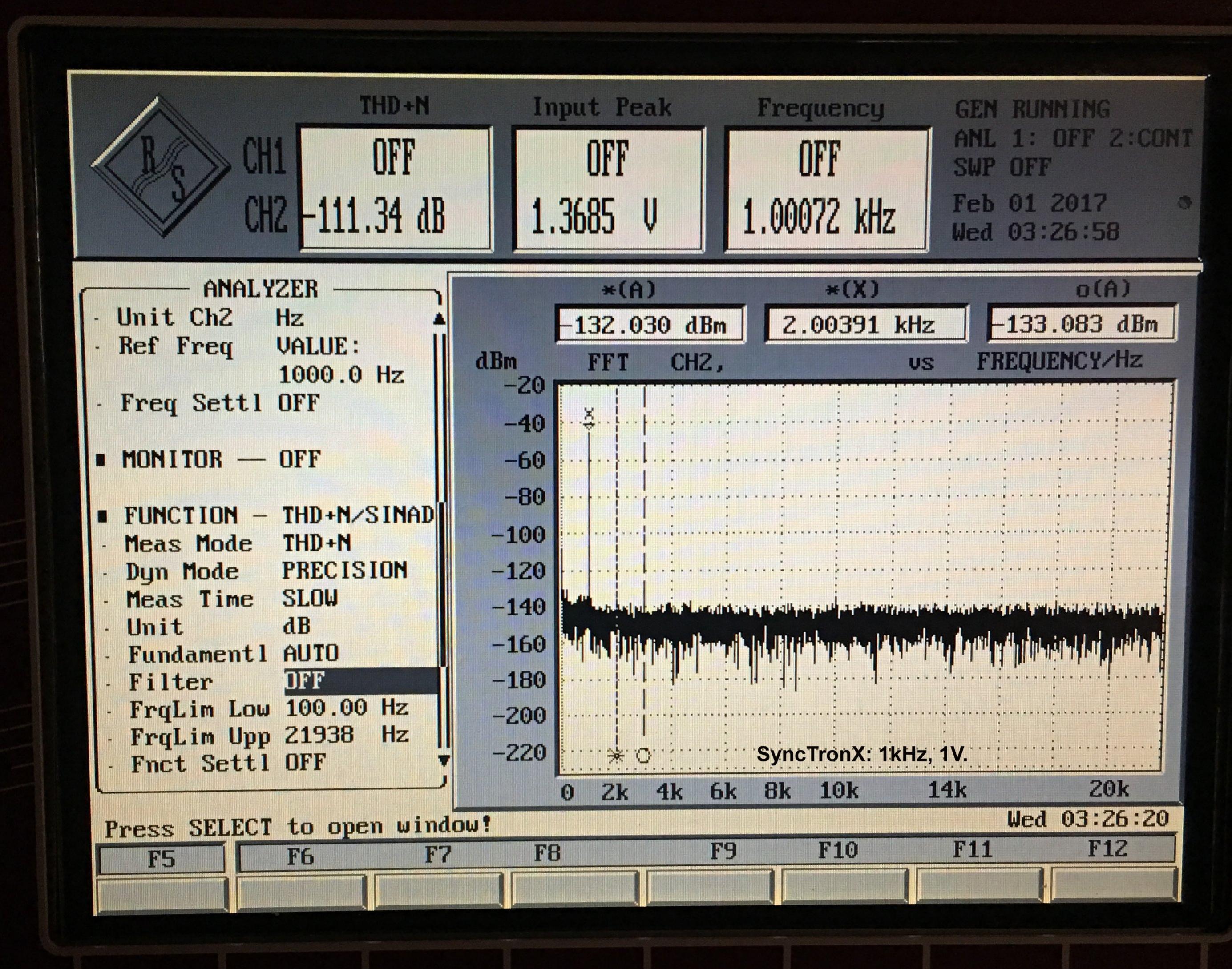 https://www.diyaudio.com/forums/attac...r-baseline.jpg
https://www.diyaudio.com/forums/attac...r-baseline.jpg...














